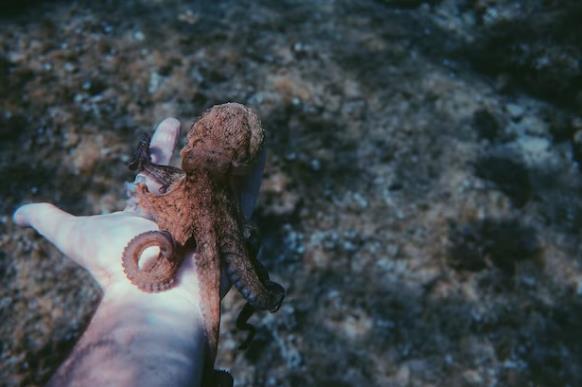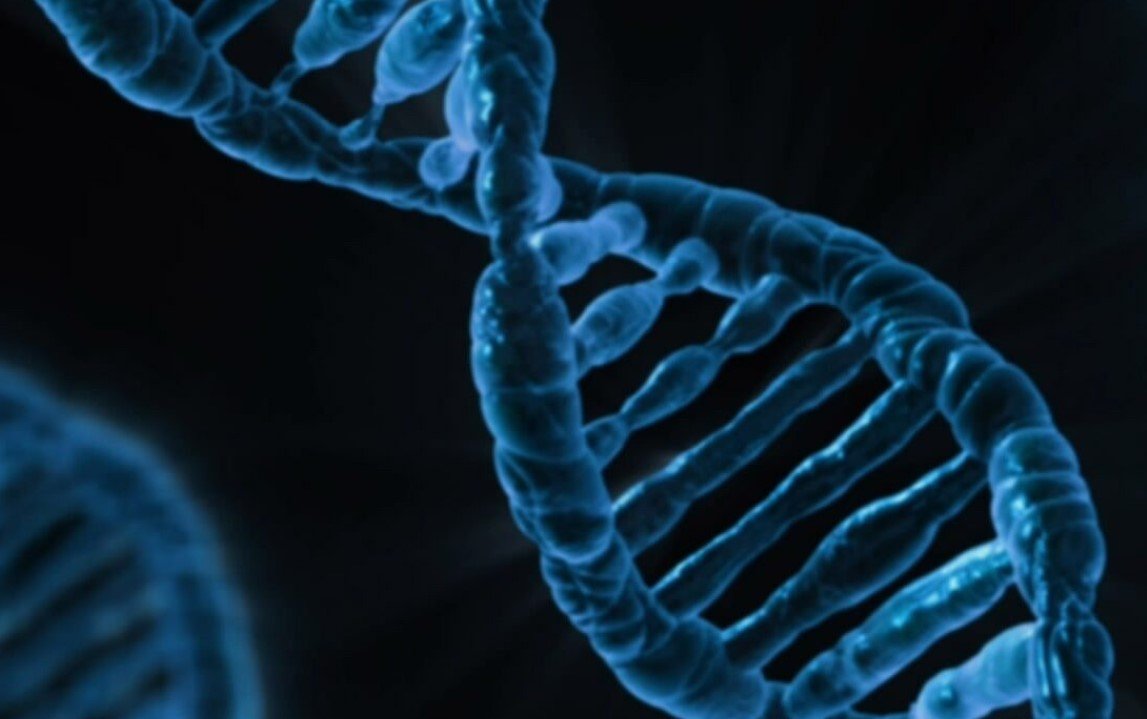With years of deep-sea exploration and marine biology research under my belt, the intriguing world of squids and their unique anatomy has been a constant source of fascination. Their peculiar body structure, especially their appendages, plays a vital role in their survival and daily activities. This article offers an enlightening journey into the world of these captivating creatures, particularly focusing on their appendages.
How many appendages does a squid have, exactly? A squid is equipped with ten appendages, categorized into two groups: eight shorter arms and two elongated tentacles. These appendages serve multiple purposes, from hunting prey to communicating with other squids. By delving deeper into this article, you’ll gain a comprehensive understanding of how these appendages function and why squids are one of the most fascinating marine creatures. So, let’s continue this exciting exploration together!
What is the Basic Structure of a Squid?
Squids, known for their unique anatomy, are intriguing marine creatures. They belong to the cephalopod family, a group that also includes octopuses and cuttlefish. The body of a squid is divided into three main parts: the head, the foot, and the mantle. The head houses the eyes and brain, while the foot has evolved into a complex set of appendages, including arms and tentacles. The mantle, an elongated, muscular structure, contains most of the squid’s vital organs and propels the creature through the water.
The appendages of a squid are its most distinctive feature. These include eight arms and two longer tentacles, each equipped with suckers. The arms are used for manipulating objects and capturing prey, while the tentacles play a crucial role in feeding. These appendages are incredibly flexible and strong, allowing squids to be efficient predators in their marine environment.
According to recent research, squids have one of the most advanced nervous systems among invertebrates. They possess large brains in comparison to their body size, contributing to their high level of intelligence. This, coupled with their unique body structure, makes squids one of the most fascinating creatures in the aquatic world.
The Various Functions of Squid Appendages
The appendages of a squid, specifically its arms and tentacles, are key to its survival and interaction with the environment. They serve multiple purposes such as capturing prey, manipulating objects, and even communicating with other squids, making them an integral part of the squid’s anatomy.
The eight arms of a squid are lined with suckers which are used to grasp and hold objects. These arms are incredibly flexible, capable of bending and twisting in all directions. They are primarily used for capturing and manipulating prey. On the other hand, the two longer tentacles are used to reach out and grab prey from a distance. Once the prey is caught, it is brought towards the mouth using the arms.

How Many Appendages Does a Squid Have: An Exploration
Squid appendages also play a role in communication. Squids can change the color and pattern of their skin, including the skin on their appendages, to communicate with other squids. This form of communication can be used during mating, to display aggression, or to warn others of danger. Thus, the appendages of a squid are not just tools for survival, but also a medium for expressing themselves and interacting with their environment.
A Comparative Analysis: Squid Appendages vs. Other Cephalopods
Cephalopods, a group that includes squids, octopuses, and cuttlefish, are known for their unique appendages. However, comparing these creatures reveals interesting variations in the structure and function of these appendages. Squids, with their ten appendages, stand distinct in this class due to the division of their appendages into eight arms and two longer tentacles.
In contrast, other cephalopods like octopuses possess only arms – eight in number. They lack the elongated feeding tentacles found in squids. These arms, lined with suckers, are highly flexible and are used for various tasks such as hunting, exploring, and manipulating objects. Cuttlefish, on the other hand, have eight arms and two tentacles hidden beneath their arms, similar to squids, but they use them differently. Their tentacles are only extended when capturing prey.
Differences also exist in how these creatures utilize their appendages. While squids use their tentacles primarily for catching prey, octopuses use their arms for locomotion, exploring, and even problem-solving. This comparison not only highlights the diversity among cephalopods but also underscores the specialized nature of squid appendages.
The Role of Squid Appendages in Hunting and Feeding
The appendages of a squid, particularly its arms and tentacles, play a crucial role in hunting and feeding. Their unique structure and functionality allow squids to be efficient predators in the marine environment. Each appendage is equipped with suckers, which aid in capturing and manipulating prey.
Squids use their two longer tentacles to reach out and grab prey from a distance. These tentacles are swift and accurate, allowing squids to capture their prey with remarkable precision. Once the prey is caught, it is brought towards the mouth using the shorter arms. These arms, lined with suckers, securely hold the prey while the squid devours it.
Additionally, squids have a beak-like mouth located at the center of their arms. This beak is strong enough to tear through the tough shells of crabs and other crustaceans, which are part of the squid’s diet. Recent studies have shown that larger squids can even hunt small fish and other squids using their powerful appendages and sharp beak. Thus, the appendages of a squid are not just for locomotion, but are also essential tools for hunting and feeding.
How Squid Appendages Aid in Communication
Squid appendages, particularly their arms and tentacles, play an essential role in facilitating communication among these marine creatures. Beyond their primary functions of locomotion and feeding, these appendages act as expressive tools, enabling squids to convey a range of signals and messages.
Squids can change the color and pattern of their skin, including the skin on their appendages. This ability, known as chromatophores, is a type of visual signaling used for multiple purposes. For instance, squids may display specific patterns to signal aggression, show submission, or even attract a mate. These intricate displays are often quick and dynamic, reflecting the rapid communication that occurs in the squid’s fast-paced marine environment.
In addition to visual signaling, squids also use tactile communication facilitated by their appendages. They may touch or stroke each other with their arms during social interactions. Some species of squid have even been observed to hold onto each other’s tentacles in a behavior that is believed to be a form of greeting or bonding. Thus, the appendages of a squid are not just functional tools but also a vital medium for communication.
The Exact Count: Number of Appendages a Squid Possesses
Squids, as part of the cephalopod family, are characterized by their distinct appendages. In terms of exact count, a squid possesses ten appendages. This includes eight shorter arms and two longer tentacles, each serving a unique function in the squid’s daily activities ranging from hunting to communication.
The arms, covered in rows of suckers, form a crown around the squid’s mouth. They are used for manipulating objects and capturing prey. The two longer tentacles, on the other hand, are primarily used for reaching out and grabbing prey from a distance. Once the prey is caught, it is brought towards the mouth using the arms.
Notably, the number of appendages in squids distinguishes them from other cephalopods. For example, octopuses have only eight arms and no tentacles, while cuttlefish, like squids, have eight arms and two tentacles. Thus, the number and type of appendages a cephalopod possesses can offer insights into its behavior and ecological role.
Conclusion
Squids, with their intricate anatomy and unique appendages, continue to captivate and intrigue scientists and marine enthusiasts alike. Their arms and tentacles, equipped with suckers and capable of complex movements, play a crucial role in hunting, feeding, communication, and survival. The specialized nature of squid appendages underscores the adaptability and diversity of life in our oceans.
As we continue to explore and understand these fascinating creatures, we uncover not just the secrets of their survival, but also the incredible biodiversity of our planet’s marine ecosystems. It serves as a reminder of the many wonders the natural world holds and the importance of preserving it for future generations.
Frequently Asked Questions
[faq-schema id=”1421″]
















